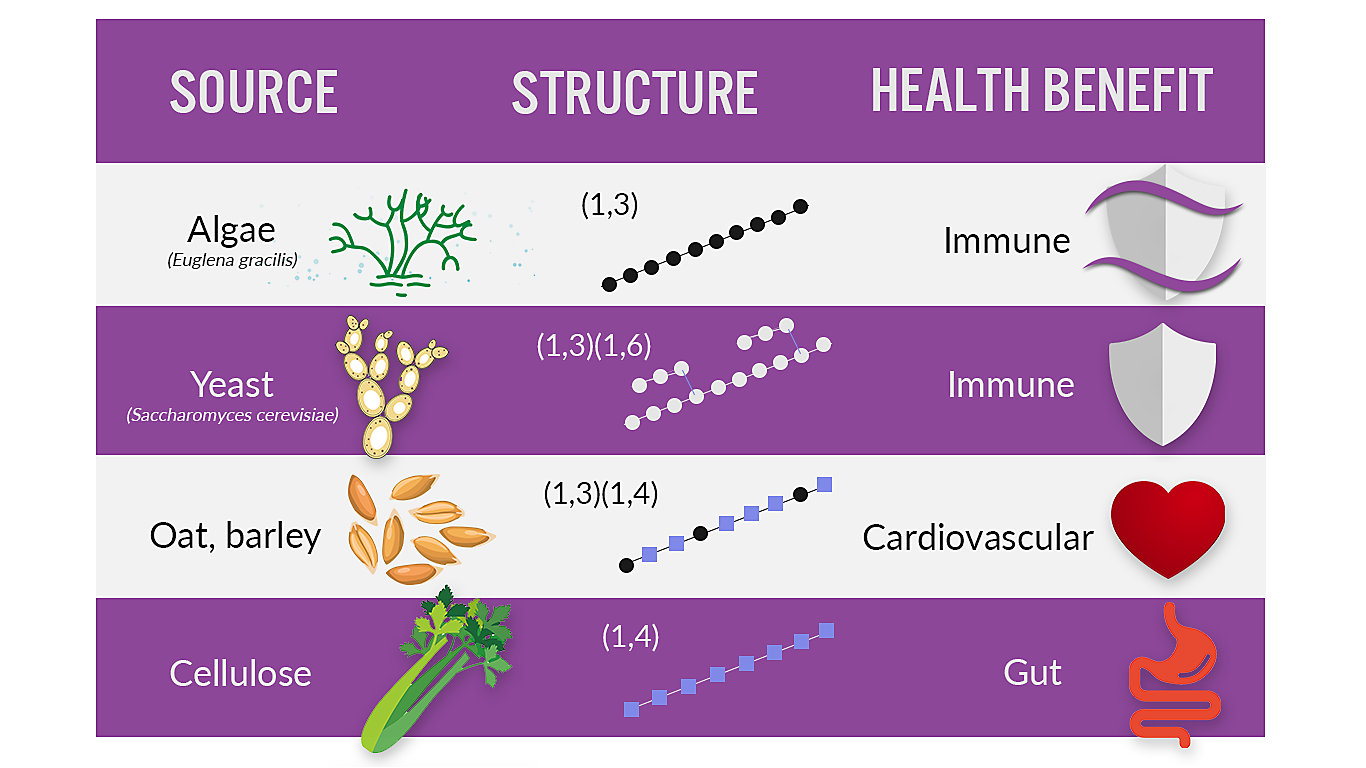Referencias
1. Stuyven, E., et.al. 2010. Oral Administration of -1,3/1,6-Glucan to Dogs Temporally Changes Total and Antigen-Specific IgA and IgM. Clinical and Vaccine Immunology, Feb. 2010, p. 281–285
2. Kataoka, K., et. al.,2002. Activation of Macrophages by Linear (1,3)-D-Glucans. Journal of Biological Chemistry. V. 277, No. 39, Sept 27, pp. 36825–36831. http://www.jbc.org
3. Beynen, C. et. al., 2011. Dietary Beta-1,3/1,6-Glucans Reduce Clinical Signs of Canine Atopy. American Journal of Animal and Veterinary Sciences 6 (4): 146-152.
4. Rychlik, A., Nieradka, R., Kander, M., Nowicki, M., Wdowiak, M. and Kolodziejska-Sawerska, A. 2013. The Effectiveness of Natural and Synthetic Immunomodulators in the Treatment of Inflammatory Bowel Disease in Dogs. Acta Veterinaria Hungarica. 61(3): 297-308
5. Beynen, C., et. al.,2010. Influence of Dietary Beta-1,3/1,6- Glucans on Clinical Signs of Canine Osteoarthritis in a Double-Blind, Placebo-Controlled Trial. American Journal of Animal and Veterinary Sciences 5 (2): 97-101
6. Anderson, W., Satyaraj, E. and Kerr, W. 2008. Abstract from Nestle Purina Nutrition Forum
7. Gupta, M., Abu-Ghannam, N., & Gallaghar, E. (2010). Barley for Brewing: Characteristic Changes during Malting, Brewing and Applications of its By-Products. Comprehensive Reviews in Food Science and Food Safety, 9(3), 318-328.
8. H. Marchessault, R., & Deslandes, Y. (1979). Fine structure of (1→3)-β-d-glucans: curdlan and paramylon (Vol. 75).
9. Lazaridou, A., Biliaderis, C. G., Micha-Screttas, M., & Steele, B. R. (2004). A comparative study on structure–function relations of mixed-linkage (1→3), (1→4) linear β-d-glucans. Food Hydrocolloids, 18(5), 837-855.
10. Manners, D. J., Masson, A. J., & Patterson, J. C. (1973). The structure of a beta-(1 leads to 3)-D-glucan from yeast cell walls. The Biochemical journal, 135(1), 19-30.

